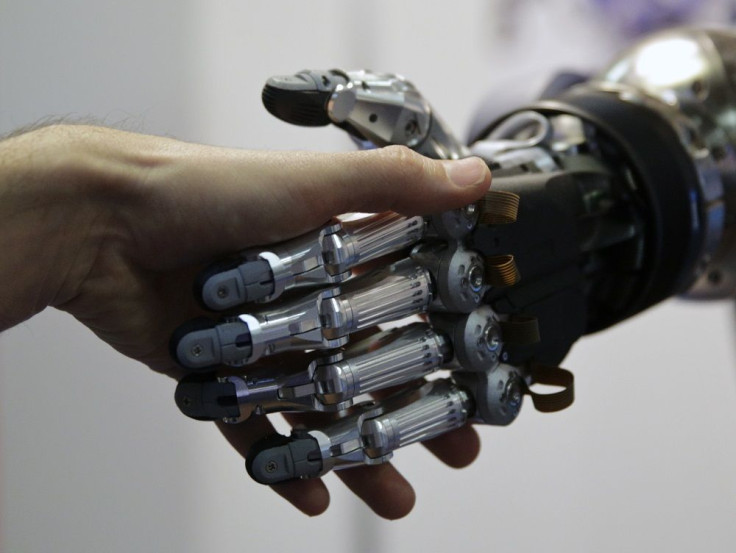Technology Lets Human Emotions To Be Transferred Without Physical Contact

According to a latest research by a scientist at the University of Sussex, technology can be used to transfer feelings of emotions to the palm of a person with the help of air. The researcher claims that feelings of sadness, happiness, fear or excitement can be transferred on an individual without a physical touch.
Dr Marianna Obrist, lecturer and scientist at the university has claimed that the findings can provide a breakthrough in the future form of human communication. In addition, the next-generation technology hopes to pave way for other innovative techniques.
According to Obrist, short, sudden and sharp burst of air when pointed to the area around the index finger, thumb and at the centre of the palm can can generate feelings of excitement. On the other hand, when the area around the finger and on the outer sides of the palm is stimulated, it generates a feeling of sadness.
"Imagine a couple that has just had a fight before going to work. While she is in a meeting she receives a gentle sensation transmitted through her bracelet on the right part of her hand moving into the middle of the palm. That sensation comforts her and indicates that her partner is not angry anymore. These sensations were generated in our experiment using the Ultrahaptics system,” said Obrist, attempting to explain the technique. The ultrahaptics system makes use of air to create sensation of touch to stimulate and activate different parts of the hand.
During the study, one group of subjects were given set of five images to create a pattern that depicts the emotions presented in the image. The second group was asked to select the two patterns that, according to them, best described the emotions depicted by the provided five images. The third group of subjects was asked to view all 10 simulations and rate how well each pattern described the emotion triggered by the image.
The results revealed that the third group gave higher ratings to the simulations which were presented along with the image they were made for. This proved that the emotional meaning has been successfully conveyed among all the three groups.
"A similar technology could be used between parent and baby, or to enrich audio-visual communication in a long-distance relationship," said the study author, who has been awarded 1 million pounds by the European Research Council to expand the research into other senses, including touch, taste and smell.
The research findings were presented at the CHI 2015 conference in South Korea on April 21.
To report a problem or to leave a feedback on the article, send an e-mail to emailtoguneet@gmail.com.





















